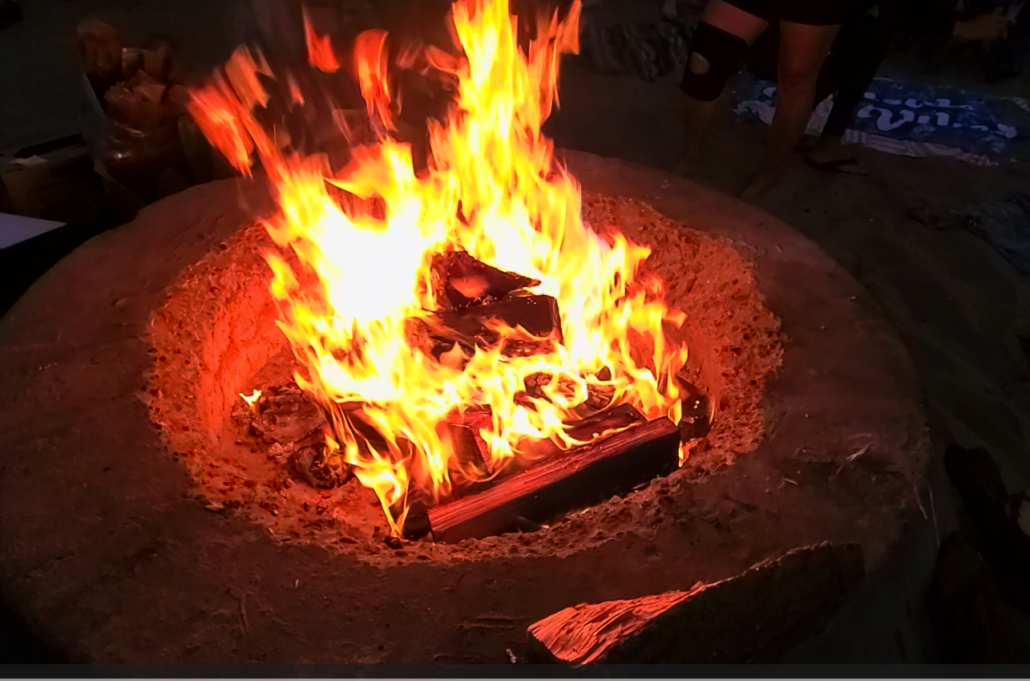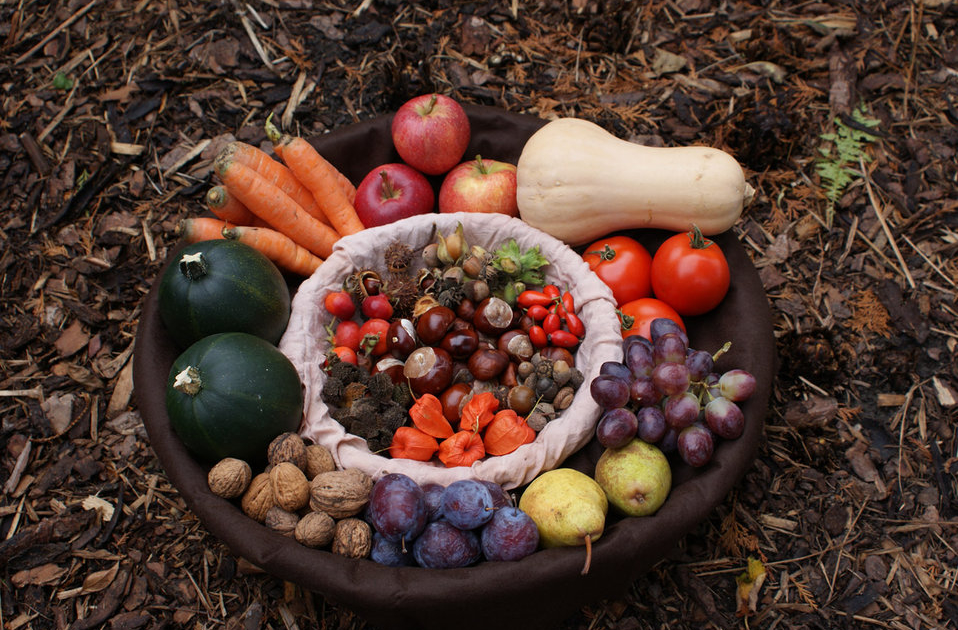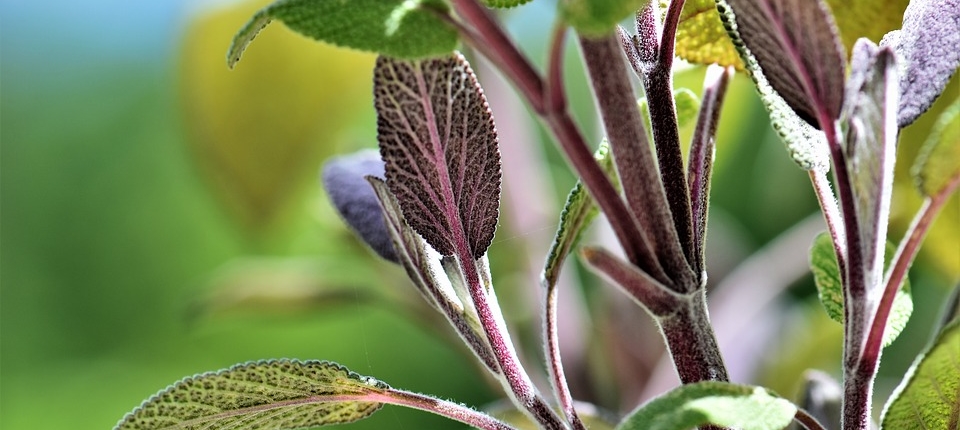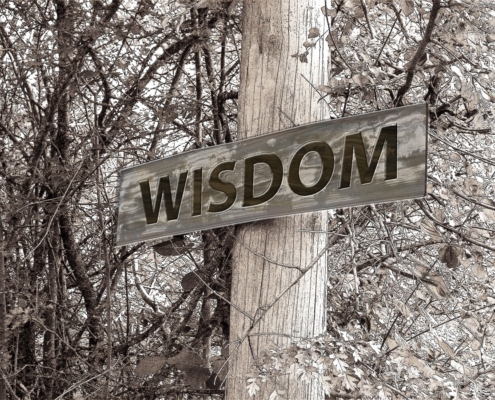
As we move from December into January and a new calendar year, the world collectively seemingly buzzes with the chatter of resolutions. Some vow to exercise more, others promise to save money, and a bold few aim to climb metaphorical or literal mountains. Yet, alongside this wave of ambition, an equally familiar critique emerges: “Why bother? Resolutions never stick.”
It is true. Many resolutions do not survive past February. The gym-goers vanish, the budgeting apps are abandoned, and the excitement fades. But does that mean New Year’s resolutions are inherently flawed? I would argue no. Resolutions, even when imperfectly executed, hold a certain kind of magic — a spirit of hope and renewal that we should not dismiss too quickly.
The Gift of Reflection
One of the most valuable aspects of making resolutions is the contemplation it demands. How often do we truly stop and take stock of our lives? The end of the year offers a natural checkpoint, inviting us to reflect on where we are and where we would like to go. Even if the goals themselves do not materialize, the act of reflection can be a gift in and of itself. It is an opportunity to reassess our priorities, celebrate our progress, and dream about what is next.
A Spark for Momentum
Resolutions create a spark. In those first weeks of January, the energy is palpable. People are trying new things, from meal prepping to morning yoga. This energy can be contagious, inspiring not just individual change but community shifts. Sure, not every spark leads to a fire, but does that make the spark meaningless? Even a brief burst of enthusiasm can remind us of what is possible when we try.

Progress, Not Perfection
Here is the thing: Resolutions do not have to be perfect to be worthwhile. So, what if you only stick to your new habit for a month or a single moon cycle? That is several weeks of change you would not have had otherwise. Maybe the resolution was not realistic, or perhaps life threw curve balls your way. But any progress, however small, counts. Growth is rarely linear, and resolutions can be a part of that messy, beautiful process.
A Collective Reset
There is something powerful about the collective nature of New Year’s resolutions. Around the globe, people simultaneously commit to becoming better versions of themselves. It is a reminder that we are all striving, growing, and evolving in our own unique ways. This shared sense of purpose can foster connection and compassion, even if our paths diverge.
For your consideration:
Reframing Resolutions
Perhaps the problem is not the resolutions themselves but the way we approach them. Instead of setting rigid, all-or-nothing goals, what if we reframed them as intentions or themes for the year? “Be more present,” “Prioritize health,” or “Explore creativity” are flexible yet meaningful aspirations that allow for ebb and flow. This approach invites growth without the pressure of perfection.
Embracing the Imperfection
In a world that often glorifies cynicism, it is easy to scoff at New Year’s resolutions. But perhaps their imperfection is part of their charm. They remind us that change is possible, even if it is hard. They invite us to dream, reflect, and try, knowing full well that we might stumble along the way. And isn’t that the essence of being human?
So, this New Year, whether you are resolving to complete a triathlon, learn another language, or simply drink more water, embrace the effort. Resolutions may not be perfect, but they are not all bad. They are a testament to our enduring hope, our willingness to try, and our capacity for change. And that, I think, is worth celebrating.
Okay, your turn:
What is your approach to the new year? Do you embrace the possibilities? Do you simply turn the page on the calendar and barely notice anything is different? Would you like to make positive changes?
I invite you to share your observations, feelings, and experiences by leaving a Reply in the Comments section, below. Soul-to-soul!
© 2024 Lori A. Noonan. All Rights Reserved.





 In what ways have you incorporated thankfulness in your life?
In what ways have you incorporated thankfulness in your life?
 We all remember being asked the question when we were young: What do you want to be when you grow up? Me: a philosopher. I didn’t hear anyone around me saying that they wanted to be that. It wasn’t exactly listed anywhere as a possible career track. That didn’t matter to me. If it was needed, and served a purpose, why couldn’t it be an occupation?
We all remember being asked the question when we were young: What do you want to be when you grow up? Me: a philosopher. I didn’t hear anyone around me saying that they wanted to be that. It wasn’t exactly listed anywhere as a possible career track. That didn’t matter to me. If it was needed, and served a purpose, why couldn’t it be an occupation? What, if any, purpose does it serve? Is it a worthy goal, an end state? Or, is it rather a state of being? Is it something to be embodied, rather than pursued? Does it matter? Does embracing excellence (or, its opposite – not embracing it) come with a price? What does it cost, in terms of our serenity, health, or overall well being? What impacts result?
What, if any, purpose does it serve? Is it a worthy goal, an end state? Or, is it rather a state of being? Is it something to be embodied, rather than pursued? Does it matter? Does embracing excellence (or, its opposite – not embracing it) come with a price? What does it cost, in terms of our serenity, health, or overall well being? What impacts result?
